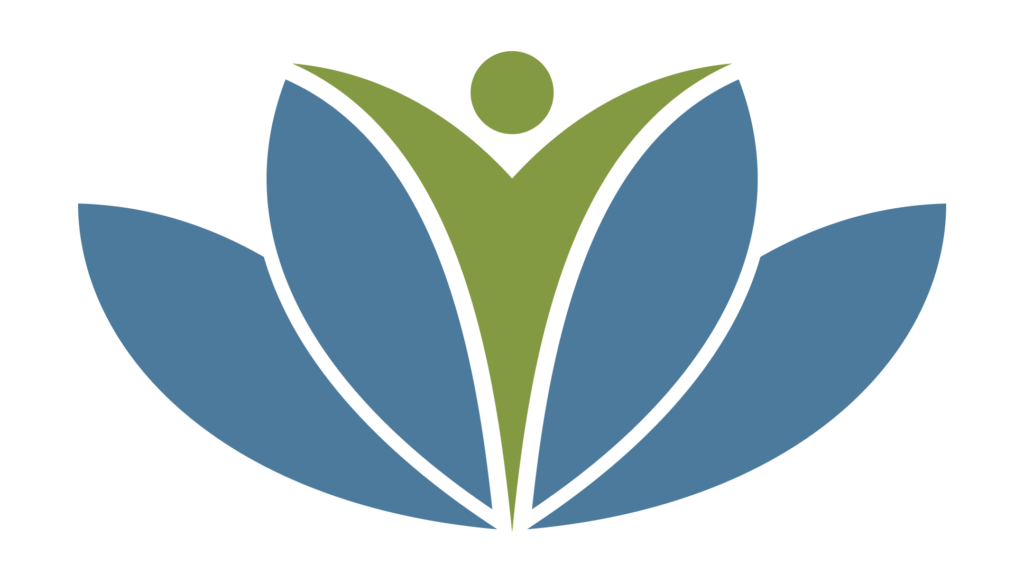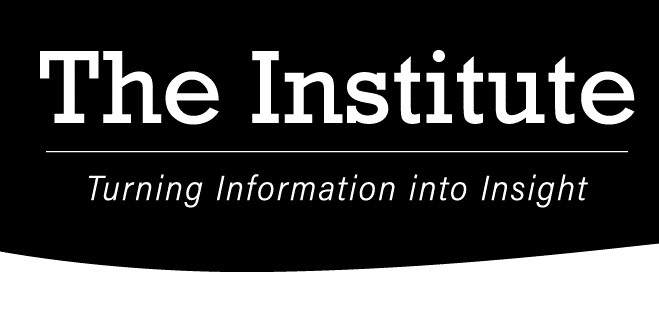The Seven Commitments


The Seven Commitments: Growth and Change
Have you ever asked yourself what is an organization like The Wright Center? Yes, we care for patients and teach residents, while delivering upon our mission and vision. But at the most basic level, this enterprise, any organization really, is the people who agree to be a part of it.
We are The Wright Center. Smile or scoff, it’s true either way.
So, if we are hoping this Sanctuary journey will cause change within The Wright Center, we must be open to it causing change within each of us.
Feel free to delete and go off to grow and learn and be open to life and its challenges, or put that off for just a few more minutes and read on for more about what the commitment of growth and change might look like within our enterprise known as The Wright Center.
The whole reason we are on this Sanctuary journey is for The Wright Center to recover from trauma. The only way that The Wright Center can truly recover from trauma is for each person within The Wright Center to go on their own healing journey.
You may well roll your eyes at the term healing journey. I’d agree that it has been pretty much co-opted by Instagram yoga-wear influencers. Still, recovery from trauma does take a while, and it isn’t really about a destination because we never really know what is waiting for us around the next moment. Recovery at the scale of an organization is the same multiplied by however many people are involved. Every time an organization onboards a new person, it brings in a new set of unknown triggers, unknown history, unknown reactions, unknown gifts, and unknown unknowns. The Wright Center brings on dozens of new residents and fellows every year, as well as new staff.
Sanctuary will take time, and it will take patience, and it will take fortitude because it is intense work. But, if we all commit, it will work.
The commitment to growth and change is a commitment to the belief that individuals, groups, and systems can grow and heal. Importantly, this commitment reminds us that growth and change is achieved through inquiry, self-reflection or assessment, and the acquisition of knowledge. How do we achieve these things? Open communication, democracy, social learning … you see where this is going?
Growth and change happen where the other six commitments are present. We all must commit to all seven, do all seven, to get all seven. We must commit to believing this is working.
Those who’ve known me for a long time know that my background is in transformative developmental theory. I won’t bore you with it here, but my favorite visual metaphor for transformation is a seedling. In order for the seedling to grow, the seed case must break. The seed case serves an important purpose, invaluable for survival. But, in order to grow, it must split open and fall away, allowing the seedling to become something wholly new. The seed case is lost in this change so that the seedling may grow.
Every change involves a loss – even a good change. Think about the best change you can imagine – winning the lottery, having a baby, traveling the world, living in an underwater bubble city. Even those changes come with losses: Tragic lottery stories are endless; having a baby is great, but you lose the freedom of being childless; if you’re traveling the world, you may not be home for important events; and living under the ocean may require you to use artificial sunlight.
Committing to growth and change as an organization is committing to co-creating situations for one another that promote mutual growth and a sense of disequilibrium that forces progress, like the conditions that cause the seedling to burst open the seed case.
How do we do this? We ensure people are well-trained. We ensure there are strong structural supports, such as policies, procedures, systems, and rules, and that they are reviewed and updated as needed. We systematize the use of data and feedback to inform program improvement. We openly communicate about all of this in democratic, nonviolent ways. We use emotional intelligence to better understand ourselves and others. We learn with and from one another and are responsible for our roles in the system.
Health care in the United States is a mess. The patients we serve need a lot of support. The responsibility of teaching the next generation of clinicians is not one to take lightly.
We do good things. Here is to doing them together.
QUICK TIP
Immunity to change is one of a bajillion ways to try to apply a mental crowbar to our stubborn habits. This process from Robert Kegan and Lisa Lahey has five steps as described below (https://www.mindtools.com/a4l75hx/immunity-to-change), but they are more or less just intentionally questioning assumptions we may have, and of which we’re not entirely aware, that are getting in the way of what we think we want.
Step 1: Commit to a Change Goal
First, identify your change goal clearly – and be specific. What do you want to do differently? What has to change? What will happen if you don’t change?
The change goal should not only be desirable, but essential. The stronger the need to make the change, the more likely you are to achieve it.
For example, you may recognize that your workload is too heavy, because you always say “yes”
to taking on new work, even when you don’t have the time. You’ve started to become stressed, which is affecting your mental and physical health and damaging your relationships. In this case, your commitment could be to take on less work, delegate more to others, or be more honest with your colleagues about what you can and can’t do.
If you fail to achieve the change, you’ll likely experience negative emotions such as shame or self-loathing. It may also undermine other people’s trust in you to get work done on time.
Step 2: Describe the Behavior That You Need to Change
Next, describe clearly and honestly what you are currently doing that is preventing the change from happening.
Simply committing to things that you know you should already be doing is like making bad New Year’s resolutions. You know you should make them, but you’re highly unlikely to stick to them unless you change your behavior.
Instead, identify the specific actions and behaviors that are preventing you from achieving your change goal. Using the example above, one action might be, “Saying yes to work even when I don’t have time to do it.”
Step 3: Uncover Your Hidden Competing Commitments
Next, consider the worst thing that could happen if you stopped doing the actions that you described in Step 2, and did the opposite instead. A strong emotional reaction is likely to be at the heart of this: Perhaps it will make you feel uncomfortable or fill you with a sense of dread.
For example, imagine telling your manager you can’t take on a new project because you have too much going on. You may be scared that they’ll see you as incompetent or that they’ll get angry with you.
Of course, this is not what you want to happen. In fact, you likely have a strong internal commitment to preventing this from ever happening. In this case, your hidden competing commitment may be, “I must not have my manager think that I’m incompetent.”
You may well have other worries, too. You might think, “People will think less of me.” Your hidden competing commitments would therefore be, “I am committed to not offending people” or, “I am committed to having people think well of me.”
Step 4: Tease Out Your Big Assumptions
Once you’ve clearly defined your competing commitments, identify the underlying assumptions involved. Ask yourself, “Why would it be so bad if the thing I’m committed to avoiding happened? Why am I so afraid of it happening?”
For example, the big assumptions underlying the commitments mentioned in Step 3 might be, “If my boss’s opinion of me is reduced, my career prospects may be damaged.”
Some assumptions that you discover may be true – others may not. But it’s only by surfacing these deep-rooted fears and feelings, and by being able to examine them objectively, that people can begin to see whether the foundations of their self-defeating behavior have any real truth to them.
As Kegan and Lahey put it, this process allows people to examine their assumptions, rather than looking at the world through their assumptions.
The idea here is not simply to solve the issue by understanding what causes it (although you may have an “aha!” moment), but to clearly identify the assumptions that underpin your competing commitments.
Step 5: Test Your Big Assumptions
When you’re satisfied that you’ve got to the real root of the problem, your next action should be to test your assumptions and establish whether they’re true or not. How you go about this will depend on the nature of the assumption, and your specific situation.
One way to test your assumption is to use Kegan and Lahey’s SMART test:
Safe: Don’t do anything reckless that could be harmful to yourself or your career.
Modest: Start small to test the water.
Actionable: Make sure this is something you will have the opportunity to do.
Research-based: Your priority here is to gather information, not to effect change.
Test your assumption: make sure that the result will give you information that confirms or denies the assumption.
Thank you,

Meaghan P. Ruddy, Ph.D.
Senior Vice President
Academic Affairs, Enterprise Assessment and Advancement,
and Chief Research and Development Officer









